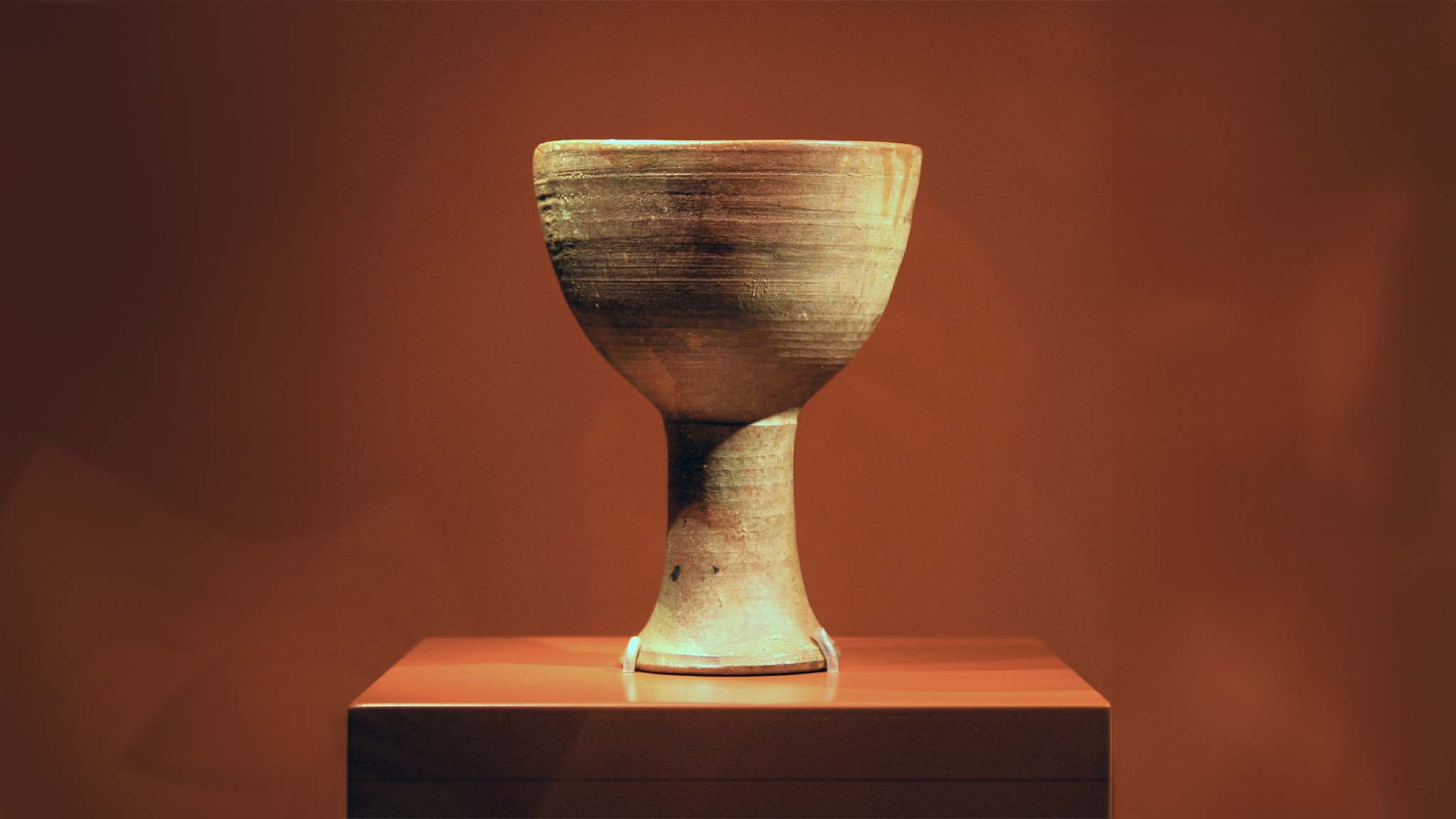Where Could the Holy Grail of Jesus Be Hidden?
Source: GreekReporter.com

The legend of the cup begins with the Last Supper, during which Jesus Christ shared his final meal with his disciples before ultimately being betrayed by Judas. During that time, Jesus served the wine that symbolized his blood in a type of chalice.
Later, during his crucifixion, the same cup is said to have been used by Joseph of Arimathea, a follower of Jesus, to collect His blood as it dripped from the cross. Joseph was then imprisoned but sustained by the Holy Grail’s miraculous powers. After his release, he is said to have taken it to the land we now call Britain, where he allegedly founded a line of guardians tasked with protecting the relic.
The Holy Grail, King Arthur and the Knights of the Round Table
The cup became a mythological artifact due to its association with King Arthur and his Knights, but there are no biblical foundations to prove it actually existed. For instance, the Bible mentions Jesus holding a chalice during the Last Supper, but it does not attribute any mystical powers to it.
Additionally, there is no biblical account of its being used to collect Jesus’s blood during the crucifixion. Thus, the Holy Grail has little or nothing to do with the bible itself. Instead, this divine artifact is more closely associated with the legend of King Arthur and the Knights of the Round Table. According to this legend, the knights were noble heroes who searched for the cup to restore the harmony in their lands and gain divine favor.
As the story goes, the Holy Grail became the ultimate prize, and only the purest of knights could find it. In some versions of the story, it is Sir Galahad, the son of Sir Lancelot, who found the cup, allowing for a vision of God before going to heaven.
These stories are heavily rooted in medieval romances, as its most famous version is told in Thomas Malory’s Le Morte d’Arthur (1485). Crucially, there is no reliable account of the actual existence of either Sir Lancelot or Sir Galahad.
Historical relics being claimed to be the holy relic itself
The theory that the Holy Grail was most likely not even real has not stopped people from claiming that other historical artifacts might be the object in question instead. Perhaps the two best examples of this are the Holy Chalice in Valencia Cathedral and the Nanteos Cup in Wales.
The Holy Chalice in Valencia Cathedral in Spain is probably the most famous contender for the Holy Grail. Some historians claim the design and age of this first-century artifact might possibly be traced back to Jesus’s time, but there is no proof to show that it was used at the Last Supper.

On the other hand, the Nanteos Cup in Wales could also be a suitable candidate, as Joseph of Arimathea supposedly transferred the relic to Britain so as to be protected. Other than this geographical coincidence, the only thing the Nanteos Cup has going for it as a credible contender of the Holy Grail is its purported healing powers. Carbon dating, however, has shown the cup was likely made much later than the first century.
If the Holy Grail were real, what would its most likely location be?
Let’s suppose for a moment that the Holy Grail is in fact real and that its location is yet to be determined by some adventure-crazed archaeologist the likes of Indiana Jones. As already mentioned, the cup could potentially be located in Valencia or Wales. However, there are also other locations that serve as credible contenders for the item in question.
Among these is the Rosslyn Chapel in Scotland. This chapel is steeped in mystery related to the Knights Templar and is thought by some to conceal the grail. The fact that the chapel is filled with elaborate carvings on its walls only fuels speculation.
Rosslyn Chapel a mysterious church located 7 miles from Edinburgh, Scotland. Watch the video to understand why.
: Loida Garcia pic.twitter.com/nF0yoaXK64
— Timeless Aesthetics (@Timeless_aesthe) October 23, 2024
Other likely locations include Jerusalem, where the Holy Grail is believed by some to be hidden under the ruins of the Temple Mount. Others believe it is somewhere among the Vatican’s vast amounts of relics.
The truth is that no one really knows if the holy chalice purportedly used at the Last Supper ever existed in the first place, but its myth and mystery have enticed humanity for centuries.
The original article: belongs to GreekReporter.com .
